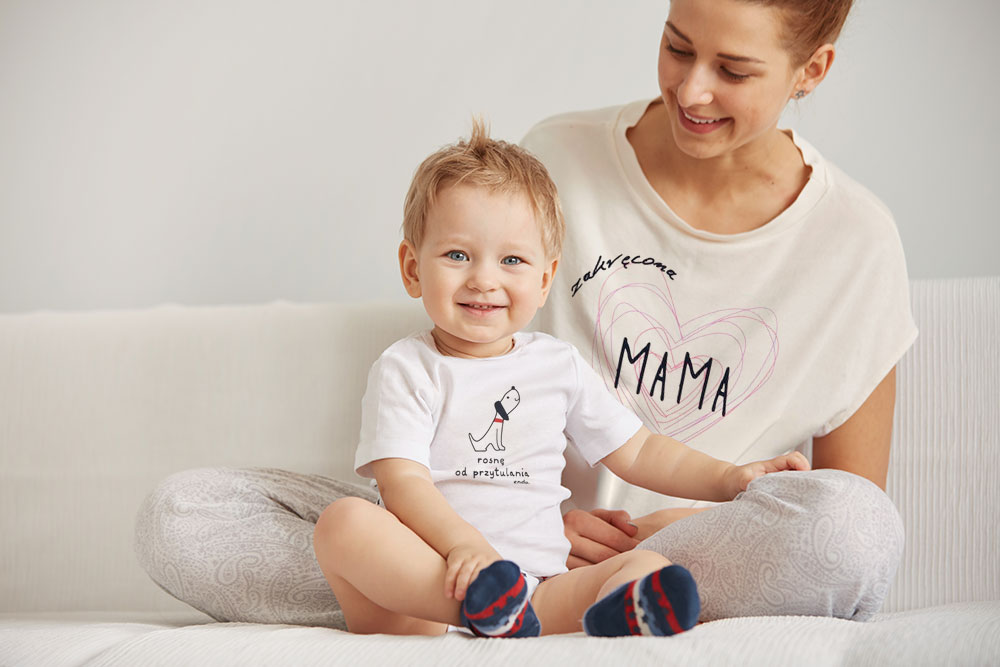
Every toddler must navigate their own path to independence. Practicing new skills is a real challenge! One of these is learning to sit up, which is essential for proper development. To help parents and caregivers track their progress, we've created estimated timelines that show what your little one "should" be learning in a given month, including when they'll likely be sitting up. However, this doesn't mean your little one can't start sitting up on their own sooner or later—every child has their own pace of development. So, when does your child start sitting up? We'll answer that!

When does a baby start sitting up? Developmental stages
According to generally accepted timeframes, the age at which a baby begins to sit is defined as between 4 and 9 months . However, this is not a rule. As you can see, the indicated timeframes are quite broad – they are primarily intended to serve as a guide to when it's worth starting to monitor your child for attempts to sit independently. However, if nothing happens after this time, and you're wondering when your child will start sitting, you don't need to worry yet. Even if your little one is six months or older, it's not certain that they will sit independently. Every little one develops at their own pace and clearly needs a little more time to learn to sit. This approach is the only healthy one for their learning and development. If they're not ready, don't force them to do so in any way. Excessive pressure to get them into a sitting position can contribute to spine and hip problems. Forcing a child into a sitting position, even with your arms around them, is dangerous to their health and future development. So, be patient and let your child develop at their own pace. Their body knows best when they're ready for such a big step! However, if you're particularly concerned about your baby's development, you can consult a pediatrician for a professional assessment.
How to help your baby start sitting up?
While forcing your baby to sit up is definitely not a good idea, you can help your little one develop this skill, which in turn will accelerate their learning to sit . Such methods include playing rollover with your little one, which will begin to activate their muscles. It's also a good idea to place your baby on their tummy so they can begin lifting and holding their head up on their own, which is crucial for sitting. This will also strengthen their chest. The final exercise is to offer your baby your fingers while lying down and let them try to pull themselves up to sit up on their own. However, since your baby probably won't be able to sit up yet, it's worth returning to a lying position after a while. Every baby preparing to learn this skill will begin to lift their head, roll from their tummy to their back (and vice versa), and push themselves up on their arms while lying on their tummy. You can make this easier not only with appropriate exercises but also by choosing educational gifts for your child, such as special pillows or seats designed to help your baby get used to the sitting position . However, remember not to let your baby stay in them for too long – as soon as he or she becomes impatient, stop playing!


Podziel się:
Take Your Child on a Space Journey! - Save the Planet's Multisensory Exhibition
Dressing a baby - What to pay attention to when choosing clothes for a baby - 6 tips for young mothers